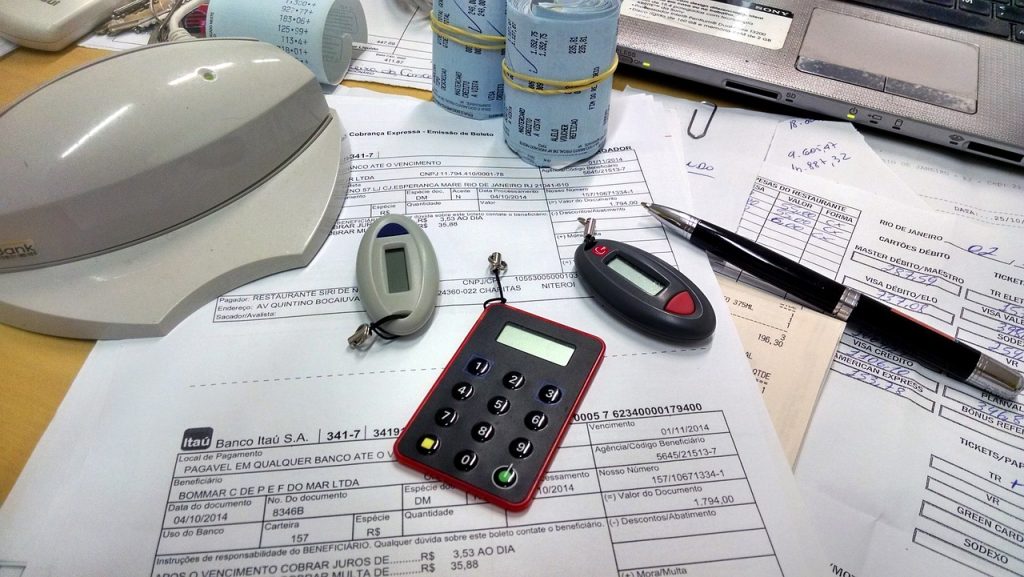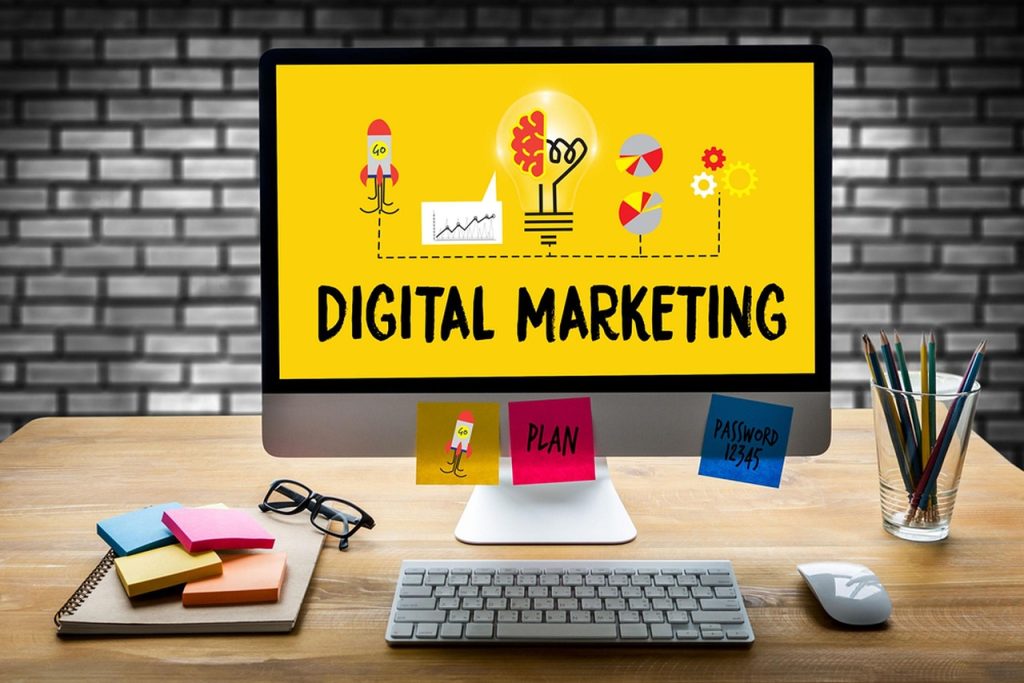
Business Line of Credit: What Is It & How To Apply
What Is a Business Line of Credit and How Can You Apply For One?
If your small-medium business is in need of a quick funding solution, be it for new equipment, hiring new staff, or purely being in a time of need, a business line of credit could provide the funding solution you’re looking for.
Used by 47% of small businesses, a business line of credit is a certain amount of credit that’s made available to a business owner, allowing them to withdraw funds against a predetermined credit limit. Just say the word and with one simple withdraw request to your lender, you can get your hands on additional cash for whatever reason. For businesses that want to avoid traditional bank loans, be it due to the long process, effort or low acceptance levels, a line of credit provides an alternative method that’s less costly than other products, making it ideal for businesses with minimal cash flow.
How Does a Business Line of Credit Work?
What is ‘business line of credit’? For those unsure, you’ve come to the right place. Here we’ll take you through everything you need to know…
A business line of credit is very similar to a personal line of credit (think of credit cards or home equity lines of credit). You’ll secure a specific amount of financing – say, $40,000, but you won’t need to make payments or be subject to interest rates until you say the word go and help yourself to the funds. This is why people refer to them as “revolving”, as you can essentially help yourself to funds whenever you want. Via Become you can receive a credit amount of up to $250,000.
It’s very similar to having a personal credit card, as soon as you’ve paid it off, you can charge more transactions on the card. When it comes to a line of credit for example; if you have a $40,000 line of credit and withdraw $20,000, you still have access to the other $20,000. If you go onto pay back that $20,000 and get the figure back down to $0, you’ll still have access to the entire $40,000 without the need to reapply.
Business lines of credit interest rates
Business lines of credit interest rates for a small business are significantly lower than those of a traditional business loan. What’s more, is a business will only pay interest on the amounts they actually use, rather than the entire amount available.
Once you’ve withdrawn all, or a part of your line of credit, the typical period of time to repay is usually in the realms of 6-12 months. More often than not, you’ll be charged a fixed monthly fee between 1%-10% (an APR equating to a range of 20%-50%).
It should be known that lines of credit vary depending on your lending source. Here at Become, our lending partners have a fantastic offer whereby if you pay early (and in some cases even if it’s just one day earlier), you can skip the fees entirely.
Business Line of Credit Vs Traditional Loans:
Though very similar, a business line of credit and traditional financing have a few subtle differences. Many people assume that a line of credit is just another term for a traditional loan, but this is not the case. When it comes to traditional business loans, the borrower can only receive an agreed upon amount; if they want access to more funds they’ll need to request another loan. With a line of credit, however, the borrower and lender will pre-agree on a maximum amount that the borrower can have access to, and have the ability to withdraw as they please (just as long as it doesn’t exceed the maximum amount of the line of credit).
With a business line of credit, there’s a cash pool to dip into whenever necessary, meaning borrowers can skip the process of having to apply for a new loan every time funds run dry. This makes them extremely handy should one need funds at a moment’s notice.
Business Line of Credit Vs Traditional Loans: Breakdown
Keep in mind that despite the interest and closing costs being typically lower, if you’re late for whatever reason with a payment, or if you go over your borrowing limit, prepare to feel a lenders’ wrath – your interest rate could increase considerably, as opposed to a traditional term loan, where the interest rate will remain the same for the entire loan.
Traditional term loans are best for long-term investments:
- Purchasing fixed assets that’ll take a long time to pay off (years)
- Buying a business
- Doing construction work
Business lines of credit are best for short-term investments:
- Ongoing operating expenses (e.g. inventory) – a fantastic option for contractors
- Payroll
- Seasonal expenses
- Cash flow shortages
- Unexpected expenses
Top tip: the best time to apply for a business line of credit is before you need it – business lines of credit act more as an insurance policy, providing a lifeline when you need it most. It’s, therefore, best to get it before you need it, as you’ll need to prove that your business has a healthy cash flow in order to get your mitts on one of these.
Business Line of Credit Vs Credit Cards
Business lines of credit and credit cards are similar in that they both offer a short-term financing option in the form of a credit line, but there are a few key differences.
-
Access to Capital
One of the major differences is that a line of credit can offer a far larger maximum credit limit than a business credit card can offer. We’re talking up to $250k! A business credit card, on the other hand, is usually limited to between $10k and $50k.
When it comes to drawing money from a line of credit, funds CAN be deposited as cash into your account and drawn from an ATM, or even used to write checks, whereas a business credit card has more limits and can only be used for credit. -
Cash Advances
Cash advances are far less restrictive when it comes to lines of credit. You could take a cash advance on 100% of the full amount that you’re able to borrow whereas with credit cards, they’re often capped at around 20% and it could get pricey. You can be charged a sneaky additional fee of around 1-7% of the amount of cash you withdraw!
-
Repayment Schedules
Another difference that’s worthy of noting is the repayment schedule. A business credit card requires minimum monthly payments where it’s also possible to ‘float’ a balance as there’s no predetermined repayment schedule, making it more flexible but also possibly more costly as a monthly fee is charged on outstanding credit. A line of credit, however, is treated more like a loan when it comes to repayments. Whenever you decide to draw money, that drawn amount will be treated as an individual loan that is to be evenly repaid, typically over a 6-12 month period.
-
Rewards Programs
Business credit cards often come with exciting rewards programs that unfortunately just don’t exist when it comes to lines of credit. Keep in mind, however, that credit cards with these types of reward programs are associated with an annual fee (lines of credit by comparison, have no annual fee).
-
Interest Rates
Credit cards often allure their customers with claims of no annual fee and low-interest rates for the first year, the issue is, the small print is often overlooked, which if read carefully, will unveil hefty admin fees when applying and high-interest rates when the first year is up. Lines of credit, on the other hand, offer competitive interest rates – business line of credit rates are only paid on the amount that you borrow.
The Pros and Cons of a Business Line of Credit:
Who is a business line of credit best for?
- those with short-term needs
- those whose borrowing needs are unknown/variable
- seasonal businesses
- businesses with a low personal credit score (550 minimum) – with Become
What Are the Business Line of Credit Requirements?
Business line of credit requirements will vary depending on the lending company that you choose to go with. Here at Become, we have many lending partners with varying requirements. Our AI technology will be sure to match you with a lender that has the best rates and terms for your needs. If you compare the requirements for Become with others, you’ll notice that they are very low (you’re welcome!).
Through Become, the requirements for a business line of credit are:
- A credit score of more than 550
- A business that’s been functioning for 6 months or more
- A yearly turnover of $6k minimum
A line of credit via Become requires no collateral and funding solutions are possible up to $250k – for up to 12 months.
How to Apply for a Business Line of Credit
With a business line of credit, there’s no cost or obligation to draw funds, you simply pay for the fund you use and that’s what you pay interest on. As mentioned earlier, paying earlier (even one day) can result in having to pay no interest whatsoever.
When it comes to the question of how to get business lines of credit, you can apply online in minutes (isn’t the internet amazing!) and receive access to your pool of funds in as little as 2 hours providing you with the flexibility to access money when you need it (rather than taking a lump sum business loan), making it the perfect option for a short-term loan and managing the cash-flow of your business.
How to get business lines of credit via Become:
- Apply online – one simple application form
- No documents are required – simply connect your online account/an accounting software such as quickbooks
- Receive loan offers from multiple online lenders
- Choose the offer you want
- Receive funds in as little as 2 hours (we aren’t called Become for nothing!)
Click this link to apply for a business line of credit today.
For more information on other methods of financing. Be sure to check out our comprehensive guide to business lending.





